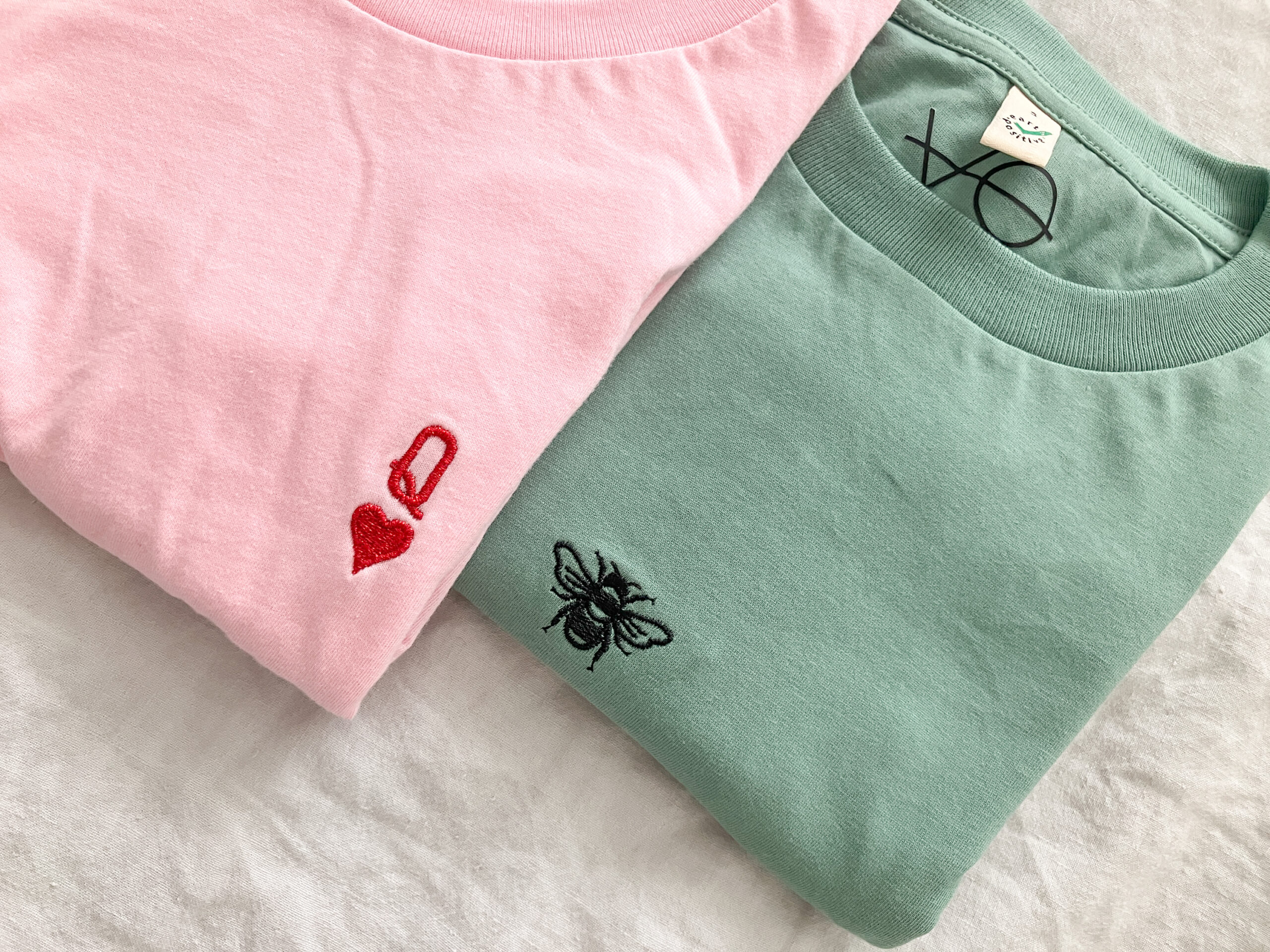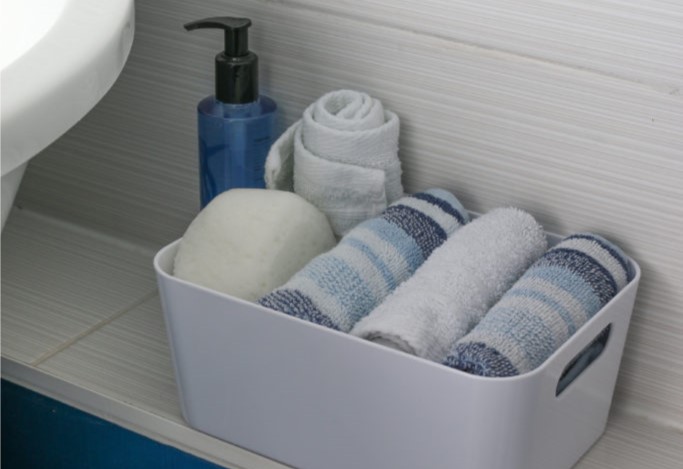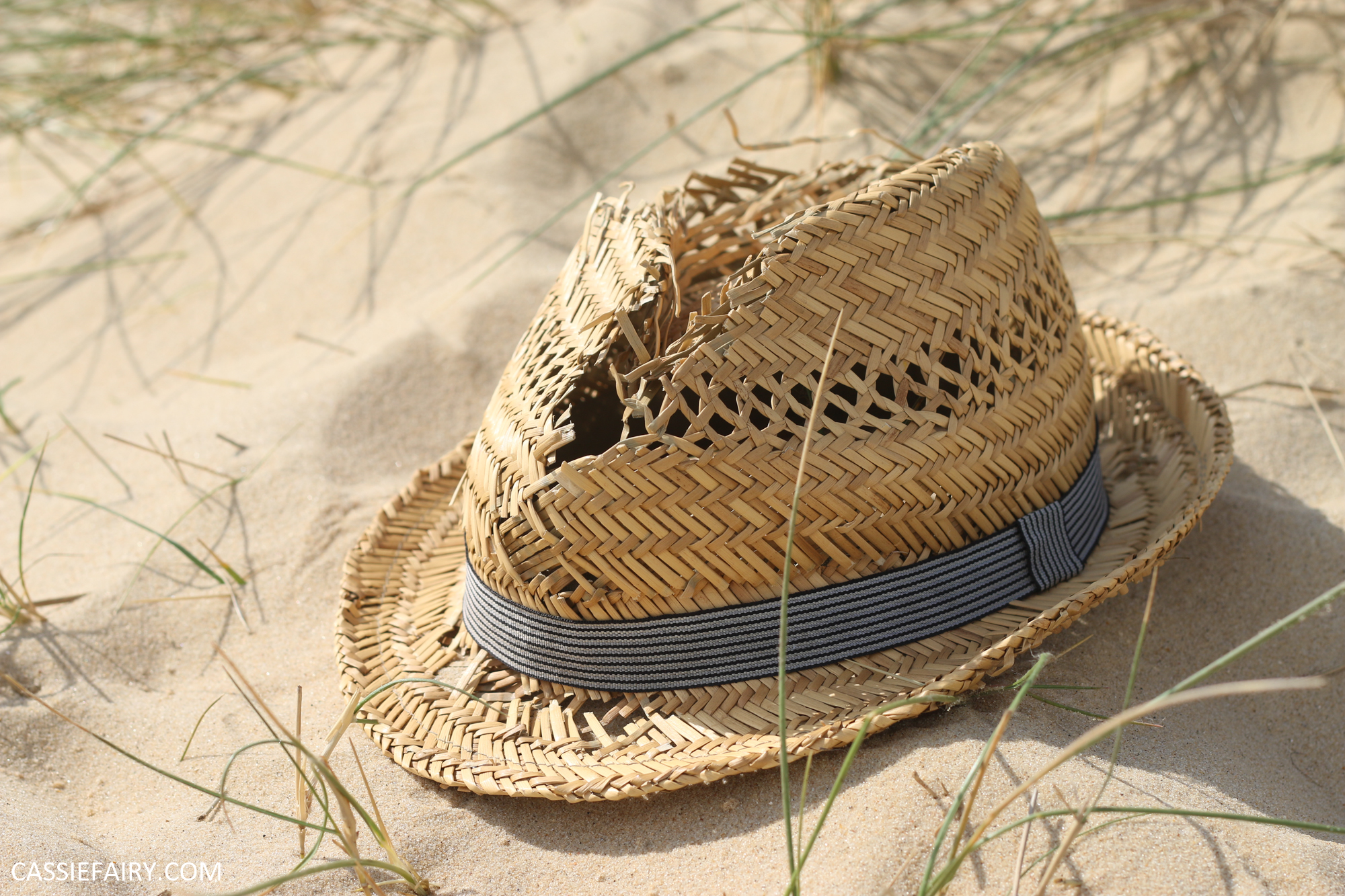Running is one of the most effective types of exercise. It improves your mood, boosts metabolism, improves cardiovascular health, strengthens your joints, and actually add years to your life. It is also the easiest to take up, because you don’t need any equipment, other than a good pair of running shoes. However, finding the right pair is easier said than done. Do you look for the footwear online, or browse the shops? Is brand a major factor? And what exactly is arch support? Keep calm and read on to find out all you need to know about running shoes…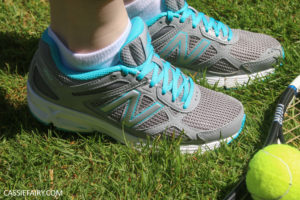
A detailed analysis of more than 134k reviews suggests that the most expensive running shoes are not necessarily better than the cheaper ones. This is because everybody has a different type of feet, running style, and objectives. Some are looking to run on a smooth surface while others might be going for a trail or mountain. Shoes that perfectly work for a person might end up causing all sorts of problems for another.
TYPES OF RUNNING SHOES
First, decide if you are looking for road or trail running shoes. If most of your preferred running route is asphalt track or pavement, go for road running shoes. I would recommend trail running shoes exclusively to the fans of off-road jogging. If you just plan to switch to trails occasionally, there is no point in buying a pair exclusively for trail running.
Terms like “minimalist” and “maximalist” have been circulating the web for a while now. Don’t get too caught up in the debate. If you are just taking up the running, stick to regular running shoes. You can experiment with both extremes later if needed. As for the preferred weight of a shoe, do not go lower than 10 oz. Support and motion stability should be optimal in this case. To sound like a real pro, ask for an 8mm to 14mm heel-to-toe drop. Here’s a video that explains heel-toe drop for running shoes:
THE MYTH OF ARCH SUPPORT
Most manufacturers look for an exclusive selling point for their shoes, and so the concept of arch support emerged. At a dawn of this century, an absolute opposite selling point emerged and minimalistic shoes became a thing. This extensive study of 150+ scientific studies tries to find the truth behind the myth of arch support. The conclusions? There’s no hard evidence to show that it prevents injury and if anything, you should consult your podiatrist if you need help with any special needs. It means that you shouldn’t trust the simple wet test or pronation test while choosing running shoes.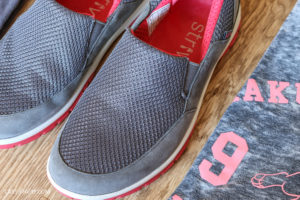
YOUR COMFORT IS THE PRIORITY
There’s little chance that what you hear about any particular running shoe is 100% true. Plenty of factors shape the marketing strategy for the products but all of them aim at persuading you to buy their running gear. You will find plenty of reviews on the web but it’s important to go through a lot of them instead of just trusting the first one you read. No reviewers are 100% impartial. Going through multiple reviews will give you a better idea of the product. Your own comfort level or objectives might be different from reviewers, so your best adviser is your own sense of comfort when you try them on.
BUYING ONLINE V IN-STORE
Buying online has its advantages. You can compare prices and often find a tempting deal. However, you can’t try different shoes before buying them and, if you’re a first-time buyer of running shoes, it’s important to check the fit and feel. Once you have shortlisted some shoes, visit a nearby store and try them. Once you have made up your mind, you can buy from whichever store is offering the best price.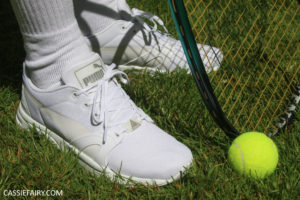
While numerous marketers and manufacturers work hard to complicate the process of choosing the right running shoes, it doesn’t have to be a complex decision. At the end of the day, even the most elaborate pair will not do the running for you! Buy a pair that you’ll enjoy slipping into while going for a run and you’ll be starting off on the right foot (excuse the pun!). And, by the way, it is barely 5% of running injuries that result from the wrong choice of gear. Enjoy your run!
This blog post is an advertisement feature that has been written in collaboration with a sponsor. The pink links in this post indicate a sponsored link 🙂


















